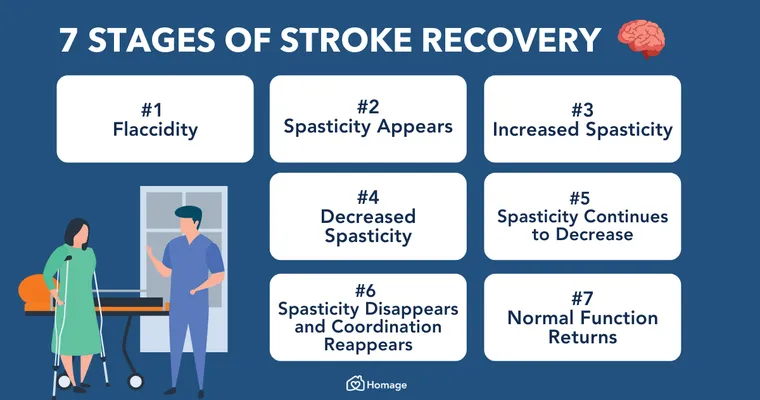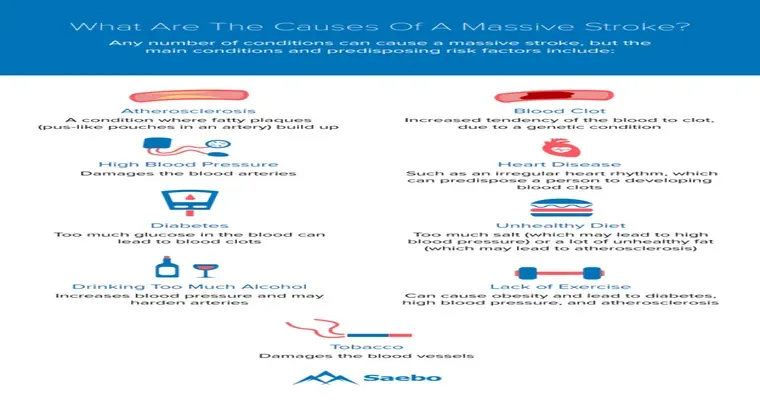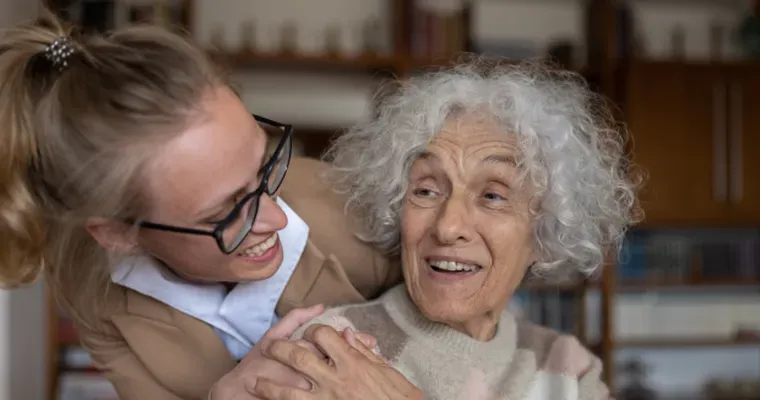A "stroke" is a medical emergency that occurs when the blood supply to the brain is interrupted or reduced, leading to potential brain damage and various neurological impairments. Understanding the "likelihood of full recovery" from a stroke is crucial for patients, families, and healthcare providers. Recovery can be influenced by several factors, including the type of stroke, the extent of brain injury, and the speed of medical intervention.
Types of Stroke
There are two primary types of strokes: "ischemic" and "hemorrhagic". Ischemic strokes, which account for about 87% of all strokes, occur when a blood vessel supplying blood to the brain is obstructed. Hemorrhagic strokes happen when a blood vessel in the brain leaks or ruptures. The type of stroke has significant implications for recovery outcomes. Generally, individuals who experience ischemic strokes tend to have a better chance of recovery than those who suffer from hemorrhagic strokes.
Factors Influencing Recovery
Several factors play a critical role in determining the likelihood of full recovery from a stroke:
1. "Severity of Stroke": The National Institutes of Health Stroke Scale (NIHSS) is often used to assess the severity of a stroke. Higher scores indicate more severe strokes and typically correlate with a lower likelihood of full recovery.
2. "Time to Treatment": The phrase "time is brain" underscores the importance of rapid medical intervention. The sooner a patient receives treatment, the better their chances of minimizing brain damage and enhancing recovery outcomes.
3. "Age and Overall Health": Younger patients often have a better prognosis for recovery compared to older individuals. Additionally, patients with fewer pre-existing health conditions tend to recover more fully.
4. "Rehabilitation": Engaging in a comprehensive "rehabilitation program" is essential for maximizing recovery. This may include physical therapy, occupational therapy, and speech therapy tailored to the individual’s needs.
5. "Support System": A strong support network of family and friends can significantly impact a stroke survivor's emotional and physical recovery. Encouragement and assistance can motivate individuals to engage more actively in their rehabilitation process.
Statistics on Recovery
Recovery from a stroke varies widely among individuals. According to the American Stroke Association, approximately one-third of stroke survivors recover fully, while another third experience minor impairments. The remaining third may face significant disabilities that require ongoing assistance. It’s essential to note that recovery can continue for months or even years following the initial event.
The Role of Lifestyle Changes
Adopting a healthier lifestyle can also influence recovery outcomes. Patients are often encouraged to make changes such as:
Quitting smoking
Following a balanced diet
Engaging in regular physical activity
Managing stress
These lifestyle adjustments not only aid in recovery but also help prevent future strokes.
Conclusion
The likelihood of full recovery from a stroke is influenced by various factors, including the severity of the stroke, the type of treatment received, and the individual’s overall health. While the road to recovery may be challenging, many stroke survivors experience significant improvements over time, especially when they receive timely medical care and engage in rehabilitation. Understanding these factors can empower patients and families as they navigate the recovery process, fostering hope and resilience in the face of adversity.





